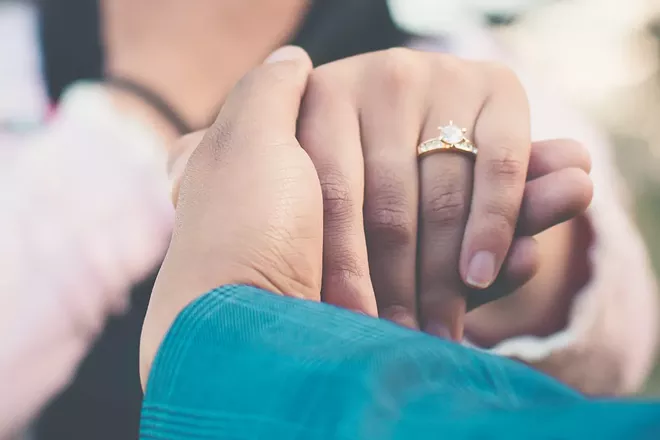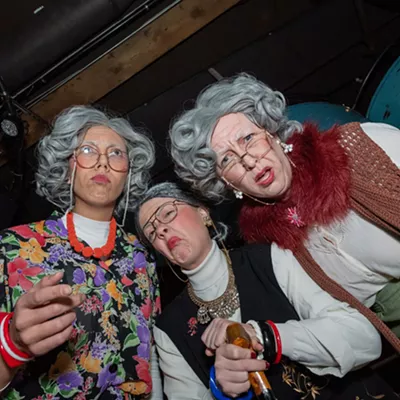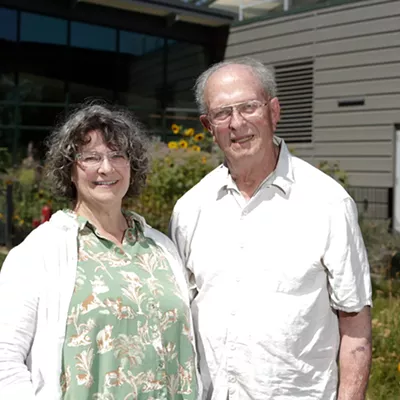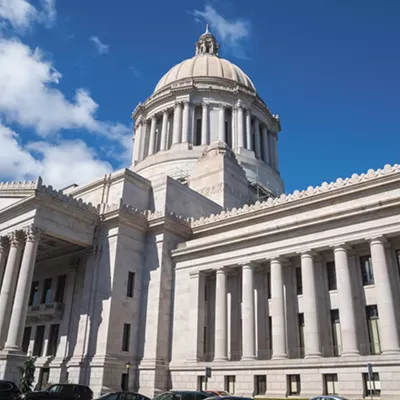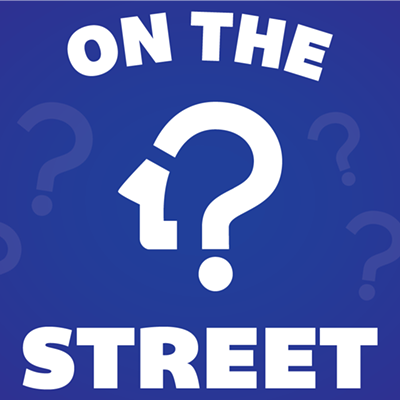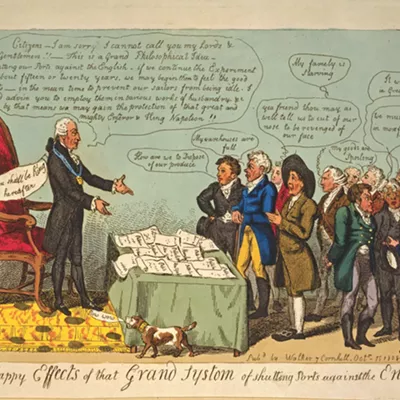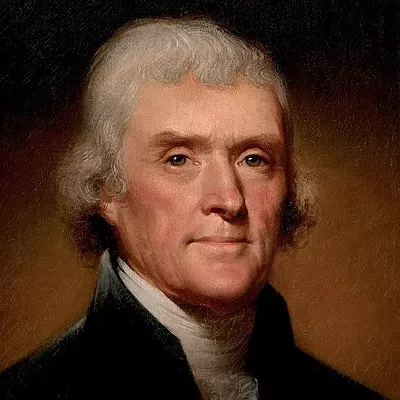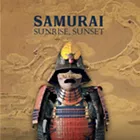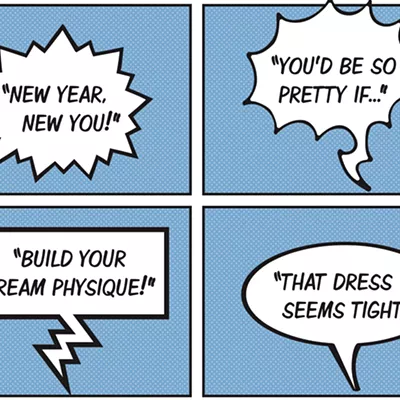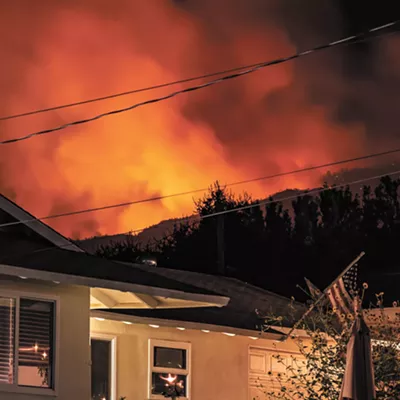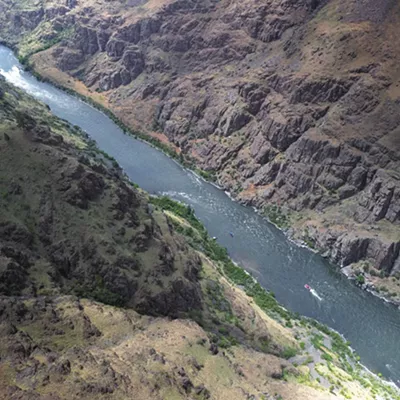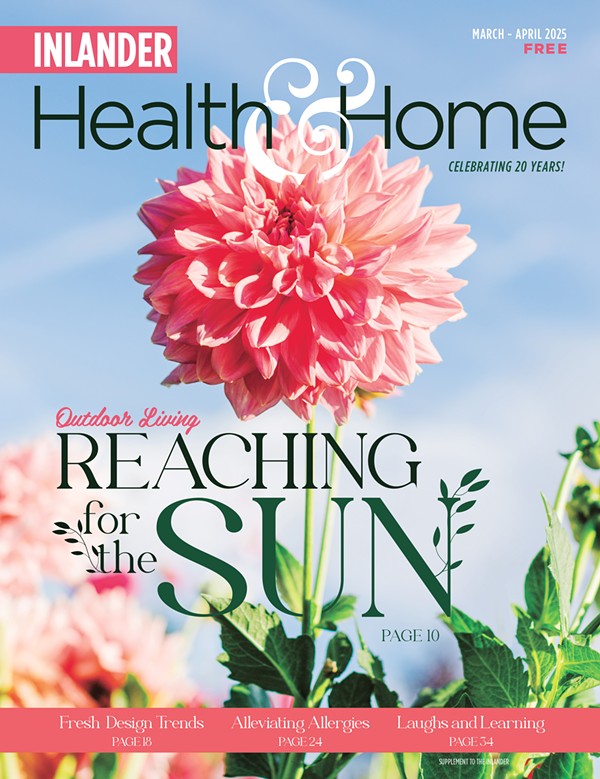My friend sends me a text with a picture of his daughter being proposed to. The background is soothing: waterfall, granite, clear pool. But the foreground startles me. The man proposing is doing the traditional things: one knee, ring box open. The woman has her hand to her mouth, eyes wide. Yet that is not what catches my emotion. It is the pistol he has tucked down the front of his pants. The knife on his belt and the knife in a holster across his chest. I text back: That's a lot of weapons. Was he afraid she would say no?
My friend is White. His future son-in-law is also White. And according to 2017 Pew Research data, about half of White males (48 percent) own guns and of those, two-thirds cite protection as their reason. I know the waterfall where my friend's daughter said yes. I have picnicked there in the spring. The same report states that only 24 percent of non-White males own guns and 16 percent of White women. There is no data for non-White women.
My father, a gun owner himself, told me that if I ever feel threatened, I should run for the woods. He taught me about wilderness survival. How to find heat even in the snow and which streams to follow to safety. How game trails never go off cliffs and what plants would give me sustenance. He referred to the wild as a place of solitude. But, as Amy Irvine writes in her slim book, Desert Cabal, "Solitude, for women, is a different animal entirely."
I am reminded of this as I am going down a steep section of a narrow USFS road leading to Whitewater, Idaho, when a man in a jacked-up, tricked-out, candy-apple-red Jeep meets my pickup headlight to headlight and though I tuck in close to the right side of the road to let him pass, he gets out of his vehicle, taps the butt of one of his pistols, smiles and says, "Back up." Which I do, for about a hundred yards, until he walks back to his Jeep and passes me, laughing.
Native women go missing at a rate nearly 10 times higher than that of non-Native women. There is no solitude in statistics either.
Two years ago, in the Frank Church Wilderness, another man, butt of a gun sticking out of the holster across his chest, smiles as he and his companion pass me. Months later I would run into the couple at a wedding and say, "I remember you. You had the gun over your heart." I ask him why. He replies, "You never know." His girlfriend shakes her head, says, "I told you," and walks away.
Some 47,000 Americans are attacked or bitten by wild animals in the U.S. every year. Less than 10 die. Most of the attacks are by snakes, rodents, raccoons and birds.
Native American women are murdered and sexually assaulted at rates as high as 10 times the average in certain counties in the United States — crimes overwhelmingly committed by individuals outside the Native American community. These crimes are particularly likely in remote settings.
Seventy-one percent of White male gun owners cite protection as their reason for owning a gun.
Last weekend, after dropping friends off for a river trip, I drive toward home on a road that takes me through some of the most beautiful landscapes in the Frank Church Front Country. I drive by aspen and larch bursting yellow. Through my open window I watch silver streams fall through tall drainages. I pass the place where my friend's daughter said yes when I meet a white Toyota with local plates. As they grow nearer, the driver swerves toward me and I pull fast to avoid his bumper. I press my foot to the brake and stop. I am about to put the truck in reverse and look in the rearview and meet my reflection and remember who I am.
I press the gas and keep driving. Would there be solitude where I stopped? Safety? I never know. ♦
CMarie Fuhrman is the author of Camped Beneath the Dam: Poems (Floodgate 2020) and co-editor of Native Voices (Tupelo 2019). She has published poetry and nonfiction in multiple journals as well as several anthologies.

